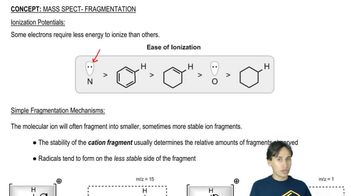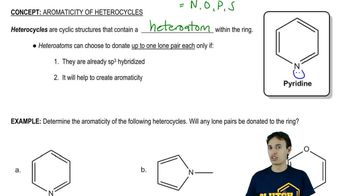For each alkene, indicate the direction of the dipole moment. For each pair, determine which compound has the larger dipole moment.
a. cis-1,2-difluoroethene or trans-1,2-difluoroethene
 Verified step by step guidance
Verified step by step guidance Verified video answer for a similar problem:
Verified video answer for a similar problem:



 11:33m
11:33mMaster Differences between ionic, polar and covalent bonds with a bite sized video explanation from Johnny
Start learning